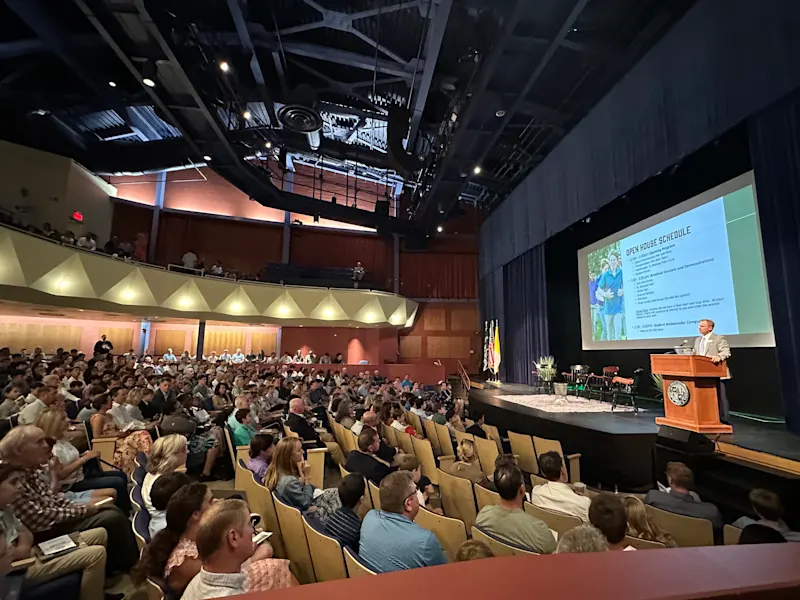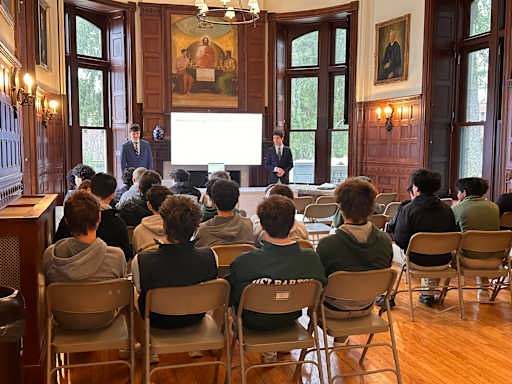Last month, the 2023 Nobel Prize winners were announced in all six categories: Physiology, Physics, Chemistry, Literature, Peace, and Economics. Nominated by government organizations and other qualified entities, Nobel Laureates are then chosen by the Norwegian Nobel Committee. They receive a diploma, a medal, and receive that year’s Nobel Prize amount (11 million Swedish krona this year, essentially $1 million USD). This December, the Laureates will receive recognition at a ceremony in Stockholm, Sweden.
The Nobel Prize in Medicine/Physiology was awarded to Dr. Katalin Karikó and Dr. Drew Weissman. They were recognized for their work on the successful application of mRNA in disease treatment via chemical targets in 2005. After meeting at the University of Pennsylvania, Dr. Weismann and Dr. Karikó decided to investigate the potential of mRNA usage in a vaccine against HIV. Previous experiments had indicated that mRNA had little potential in the field of medicine; any strands that were placed in the presence of cells were quickly liquidated. However, after experimenting, they chemically altered the mRNA prior to treating the cells, and the cells successfully ingested the mRNA.
However, their work was initially rejected by academia. After failing to have their work published by major scientific journals such as Nature and Science, a smaller publication called Immunity accepted their submission. After the coronavirus pandemic hit, however, their work instantly became a cynosure of the medical world. Less than a year after the pandemic had begun, vaccines made by Moderna and BioNTech, which partnered with Pfizer for production, using Dr. Weismann and Dr. Karikó’s chemical modification were authorized and administered around the world. Their work is continually used as the basis behind various vaccines today as well.
The Nobel Prize in Physics was awarded to Dr. Pierre Agostini, Dr. Ferenc Krausz, and Dr. Anne L’Huillier. Their work with light flashes at a subatomic scale provided insight into the investigation and observation of electrons. Electrons move at about 43 miles a second, making them very hard to study. However, by flashing a light, the physicists were able to determine the position of electrons at different moments in time and thus predict the movement of electrons.
The experimentation of the physicists began with research conducted by Dr. L’Huillier. In 1987, she studied the effects of shining a laser through noble gases and the resulting motion and frequencies of the light waves. As a result, she laid the groundwork for the development of strobing lights that could be used to investigate electrons. However, scientists were unable to line up the waves to produce pulses of specific lengths of time, as suggested by Dr. L’Huillier’s work, until Dr. Agostini successfully created a series of light pulses of exact length in 2001. Combined with Dr. Krausz’s work on an alternate method that created a single pulse of light of a specific length, Dr. Agostini’s experimentation enabled future researchers to generate even shorter pulses.
Their work makes Albert Einstein’s photoelectric effect theory, which discusses the measurement of electron position using the shining of light, a reality. With their research, future scientists will be able to more easily investigate the subatomic world.
The Nobel Prize in Chemistry was awarded to Dr. Moungi G. Bawendi, Dr. Louis E. Brus, and Dr. Alexei I. Ekimov. Their creation of quantum dots has the potential to revolutionize the technological world. Electrons can emit energy as waves. Semiconductors are crystals that power modern electronics. If semiconductors small enough to trap electrons existed, then they would be able to change the frequency of the wave, thus changing the type of light. That is exactly what a quantum dot is – an infinitesimal crystal that changes the type of light of contained electrons. Now, quantum dots are used for LED light coloration and television screen brilliance. Current research is investigating the applications of quantum dots in solar energy and biofluorescence.
This year was also one of pioneering for women in science. Dr. Karikó is the first woman since 2015 to have been awarded the Nobel Prize in Physiology and only the thirteenth woman since the establishment of the award. Dr. L’Huiller is the fifth ever woman to receive the Nobel Prize in Physics, following Andrea Ghez in 2020.
Stay tuned for part 2!



































